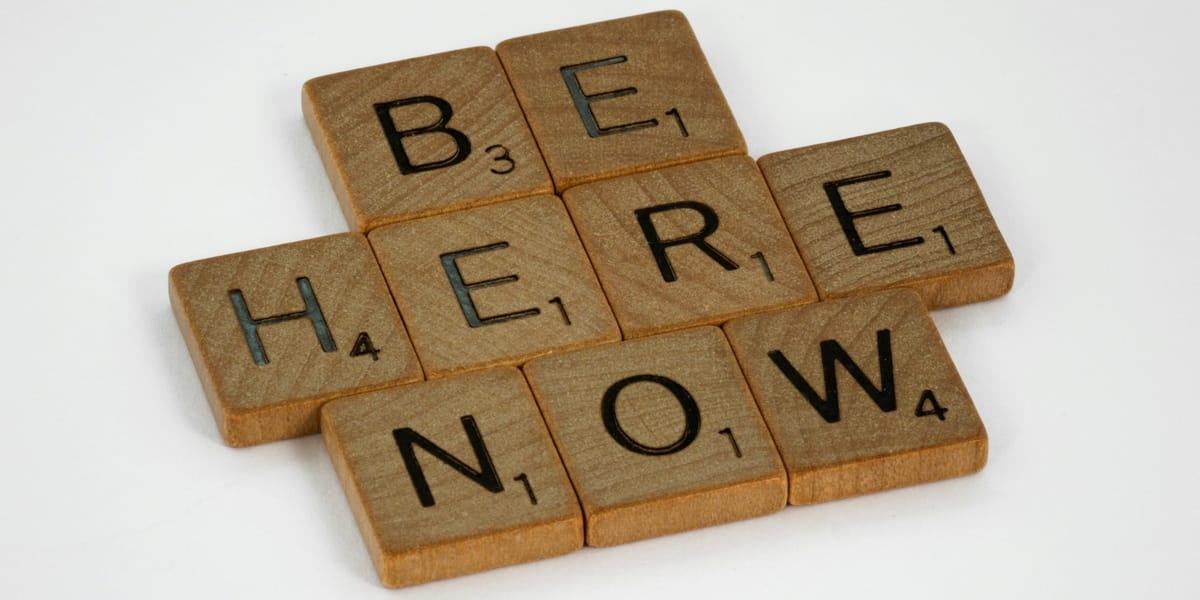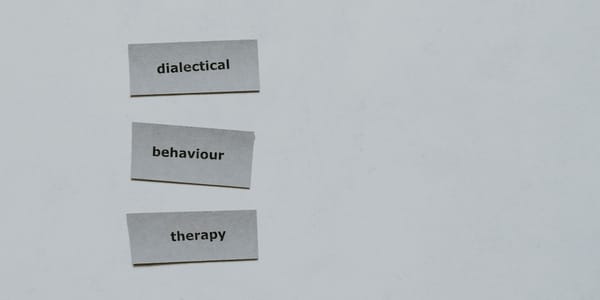Finding Calm in a Distracted World: How Mindfulness Can Help
Discover ways that cultivating presence can help both adults and students to better manage the challenges of everyday life.

Everywhere we turn, there are distractions competing for our attention. Between constant notifications, busy schedules, and the pressure to do more, it’s easy to feel stretched thin. Many of us move through our days on autopilot — juggling tasks, responding to messages, and thinking about what’s next before we’ve finished what’s now. It’s no wonder that so many people describe feeling overwhelmed, unfocused, or disconnected from the moment they’re in.
In my work with students, parents, and professionals, I often hear the same wish: to feel more grounded, focused, clear-headed, and able to handle life’s demands without burning out. One of the most effective and accessible ways I’ve found to support that goal is through mindfulness.
What mindfulness really means
Mindfulness is sometimes misunderstood as meditation or relaxation, but it’s much broader than that. As Jon Kabat-Zinn describes, it’s “awareness that arises through paying attention, on purpose, in the present moment, non-judgementally.” I also appreciate Ellen Langer’s more concise definition: “active noticing.”
At its core, mindfulness is about cultivating awareness — of ourselves, our surroundings, and the patterns that shape how we respond to the world. It’s a practice of paying attention intentionally, with curiosity rather than criticism. This means noticing what’s happening right now, whether that’s the feeling of your feet on the floor, the sound of someone’s voice, or the tension in your shoulders, without rushing to judge or change it.
The benefits of mindfulness are well established: it supports stress management, emotion regulation, focus and attention, and even self-compassion. But what often surprises people is how practical and adaptable mindfulness can be in everyday life.
Why mindfulness matters in a busy world
We live in a culture that rewards speed and productivity. Many of us have learned to value "doing" over "being,'" yet this constant drive to accomplish can leave us depleted. Mindfulness offers a different approach. It helps create moments of pause that give us room to breathe, reflect, and choose how to respond instead of reacting automatically.
For students, mindfulness can help strengthen focus, manage anxiety about performance, and build resilience when facing academic challenges. For adults, it can support better work–life balance, emotional regulation, and patience in relationships. For anyone managing ADHD or other forms of neurodiversity, mindfulness can improve self-awareness and reduce the impact of internal and external distractions.
The common thread is learning to create space — even small moments — between stimulus and response. In that space of noticing with awareness, we give ourselves the opportunity to act with intention rather than impulse.
How mindfulness shows up in daily life
When we think about mindfulness, many people picture someone sitting quietly on a cushion, eyes closed, focusing on the breath. While that’s one form of mindfulness practice, it’s far from the only one. Mindfulness can be woven into almost any moment of the day.
Simple ways to bring mindfulness into everyday routines:
• Single-tasking instead of multitasking. Try turning off notifications or setting your phone aside while working or studying. Focusing on one thing at a time strengthens attention and reduces cognitive overload.
• Pause during transitions. Take a few slow breaths before starting a meeting, beginning an assignment, or walking into class. These brief pauses help you reset your focus.
• Notice sensory details. Pay attention to the taste and texture of your coffee, the sound of leaves underfoot, or the temperature of water when you wash your hands. Engaging your senses anchors you in the present.
• Breathe before reacting. When you feel triggered or stressed, take a few deep breaths before responding. This helps regulate your nervous system and gives you space to respond thoughtfully.
These small shifts can add up. Each moment of awareness strengthens the “muscle” of mindfulness — building capacity over time to stay calm and centred, even amid stress.
Formal mindfulness practices
While informal mindfulness happens in the flow of daily life, some people also benefit from a more structured approach. Formal practices help train attention in a deliberate way.
Here are a few examples I often share:
• Mindful breathing: Focus on the sensation of each in-breath and out-breath. Notice where you feel your breath most — perhaps your chest, abdomen, or nose. When your mind wanders (as it inevitably will), gently bring it back.
• Body scan: Move your attention slowly through your body, from head to toe, observing sensations without trying to change them. This helps increase body awareness and relaxation.
• Mindful movement: Walking, stretching, or gentle yoga can all become mindfulness practices when you pay attention to how your body moves and feels.
The goal isn’t to “empty your mind” or achieve perfect focus. It’s to notice when your attention drifts and to return it, kindly, again and again. Some days will feel easier than others, and that’s entirely normal. Mindfulness is a practice, not a performance.
What I’ve seen in my work
Over the years, I’ve seen mindfulness make a meaningful difference in the lives of students and adults alike.
For example, when students learn to pause and reflect before reacting to feedback, they’re more able to learn from it constructively instead of feeling discouraged. Adults often describe how mindfulness helps them stay composed during tense conversations or manage competing demands at work.
I’ve also seen how practising non-judgement and self-kindness helps people move away from harsh self-criticism. When we approach ourselves with curiosity rather than blame, it becomes easier to notice what we need and to make choices aligned with our values. This self-compassion can be particularly powerful during times of stress or transition.
Making mindfulness your own
Everyone has the capacity for greater mindfulness, regardless of where you start. You don’t need special tools or hours of free time; what matters most is your intention to pay attention.
If you’re new to mindfulness, you might start with one small practice that fits your life. Try choosing a few moments in your day to pause and notice your breath, or commit to putting your phone aside during meals. Over time, these micro-practices can shift how you experience the world — creating more calm, clarity, and compassion, both for yourself and others.
It’s also worth remembering that mindfulness isn’t about perfection. The goal isn’t to stay present all the time, but to return to presence, again and again. Each return strengthens awareness and patience — qualities that serve us well in every area of life.
A gentle invitation
Mindfulness is a simple idea, but practising it can be deeply transformative. In a world that often feels fast and full, slowing down to notice what’s right here can be a powerful act of care.
If you’re interested in exploring how mindfulness could support your focus, well-being, or relationships, I’d be happy to help you find realistic, personalized ways to bring it into your life. I offer virtual appointments to individuals in Ontario, Canada. Visit my website for additional resources and information: www.embracethoughtfullearning.com





